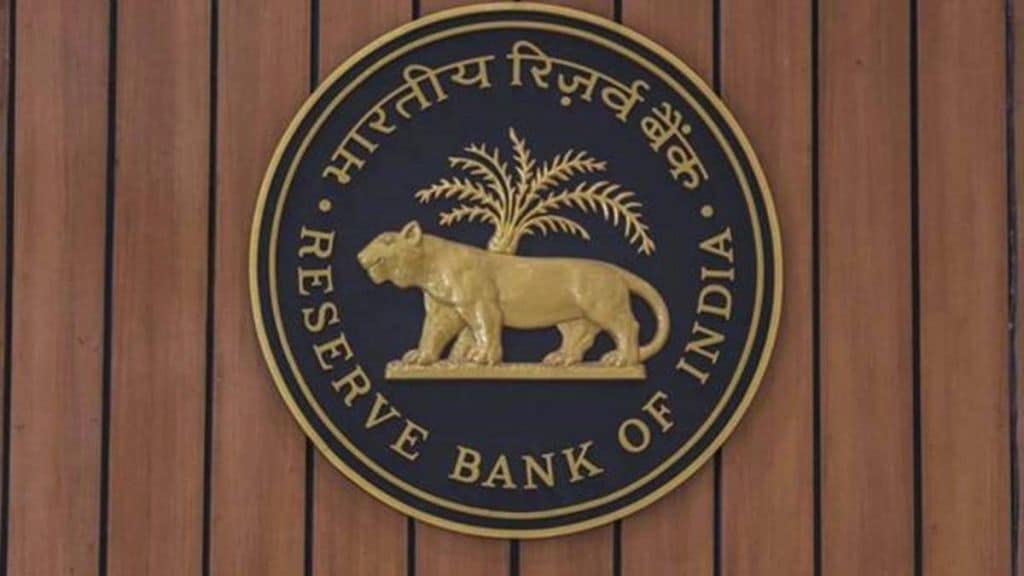Even with core inflation abating significantly to 3.34 per cent YoY in Feb 2024 (from 3.59 per cent in Jan 2024), headline CPI inflation remained unchanged in February 2024 at 5.09 per cent (vs 5.1 per cent in Jan 2024). This, ICICI Securities said, will lead to the RBI monetary policy committee keeping the interest rates unchanged and the first rate cut in the current cycle is unlikely to happen before June 2024.
The core inflation abating significantly to 3.34 per cent signals that monetary tightening if working efficaciously, with non-food inflation receding across all its major categories, said ICICI Securities report. But food and beverage inflation rose to 7.8 per cent YoY in Feb 2024, entirely because of a 30.25 per cent YoY spurt in vegetable inflation. While vegetable prices in Feb 2024 were down 4.2 per cent from Dec 2023, this moderation was too small relative to the low base from Feb 2023 (-11.5 per cent YoY). “We had expected inflation to moderate more. The vegetables-induced setback to inflation is likely to push out the first rate cut of this cycle to June 2024 (from our previous expectation of April 2024). The index of industrial production (IIP) decelerated in Nov 2023-Jan 2024, but consumer durables and basic metals grew +10 per cent YoY in Jan 2024, and should drive acceleration,” the analysts at ICICI Securities said.
India targets headline rather than core inflation (as food and energy are more salient to Indian households than to those in developed economies). Food and energy prices are driven more by supply-side factors. Vegetable inflation is likely to moderate steadily over the next four months, helping to gradually lower headline CPI inflation to 4 per cent YoY by May-June 2024. That should allow the RBI to cut the policy repo rate by 25 bps to 6.25 per cent in June 2024, stated the report.
Meanwhile, the US rate cut is also expected to be delayed. The US core PCE inflation rate was 2.8 per cent YoY in Jan 2024, having risen 0.4 per cent MoM that month. The second consecutive 0.4 per cent MoM gain in US core CPI inflation in Feb 2024 suggests that the ‘last mile’ of reducing US core PCE inflation to 2 per cent YoY will also be more challenging. “The first US rate cut of this cycle may be delayed to the 30-31st July 2024 meeting of the FOMC (rather than the 10-11th June 2024 meeting as we previously expected). This will place some upward pressure on the INR over the next few months, as larger portfolio inflows come into India’s bond markets over the next three months,” ICICI Securities said.
IIP fails to capture changing economic structure
Manufacturing (+3.2 per cent YoY) and industrial growth (+3.8 per cent YoY) were relatively sluggish in Jan 2024, bringing down growth for the first 10 months of FY24 to 5.4 per cent and 5.9 per cent YoY respectively. Mining (+8.3 per cent) and electricity (+6.8 per cent YoY) did better in the fiscal year-to-date. Base effects will be much more helpful in the next two months (particularly Mar’24), and should take FY24 growth above 6 per cent YoY for manufacturing and IIP. However, there are major anomalies in the index, based on the industrial structure that existed in FY12, which has changed significantly in the subsequent 12 years, the report said.
Core CPI inflation at 3.3% YoY affirms the efficacy of monetary tightening
Core CPI inflation has abated as expected, continuing to demonstrate the efficacy of monetary policy. In Feb 2024, core CPI inflation eased to 3.34 per cent YoY. The RBI targets headline rather than core inflation because food and energy are politically and socially sensitive components of the consumption basket in India. Food and energy prices are determined more by supply side factors; so, ironically, the RBI has scant ability to directly impact the direction of those prices. Core inflation, however, better reflects the impact of monetary policy – and core CPI inflation is currently well below the RBI’s target of 4 per cent YoY (headline) inflation, and likely to moderate further.
Vegetables lift F&B inflation, despite moderation in other components
Food inflation edged up to 7.8 per cent YoY in Feb 2024 (from 7.6 per cent in Jan 2024), entirely because of a renewed spurt in vegetable inflation to 30.25 per cent YoY in Feb’24 (the highest since July 2023). All the other main components of food inflation eased in Feb 2024, with cereals inflation abating to 7 per cent YoY (from 8.4 per cent), milk inflation to 3.9 per cent YoY (from 4.6 per cent YoY) and prepared food inflation to 3.7 per cent YoY (from 4 per cent). Despite the moderation elsewhere, the extraordinary spurt in vegetable inflation is a supply-side problem that has plagued India since July 2023, abated briefly in Sep-Oct 2023, but has been resurgent for the past four months. Month-on-month, vegetable prices have fallen in the past two months, but the low base from a year ago contributed to the big YoY increase, stated ICICI Securities. The base effects will be steadily more helpful in subsequent months – but it will still be necessary for better supply management (imports or improved distribution) to reduce vegetable prices month-on-month to contain YoY vegetables inflation, it said.
Broad-based moderation in all components of non-food inflation
The moderation in core inflation was accomplished via the continued easing of all the main components of non-food inflation. Energy (fuel and light) inflation was -0.8 per cent YoY in Feb 24, clothing inflation eased to 3.1 per cent YoY, transport and communication inflation to 1.8 per cent YoY, housing inflation to 4.1 per cent YoY and miscellaneous inflation to 3.6 per cent YoY.


